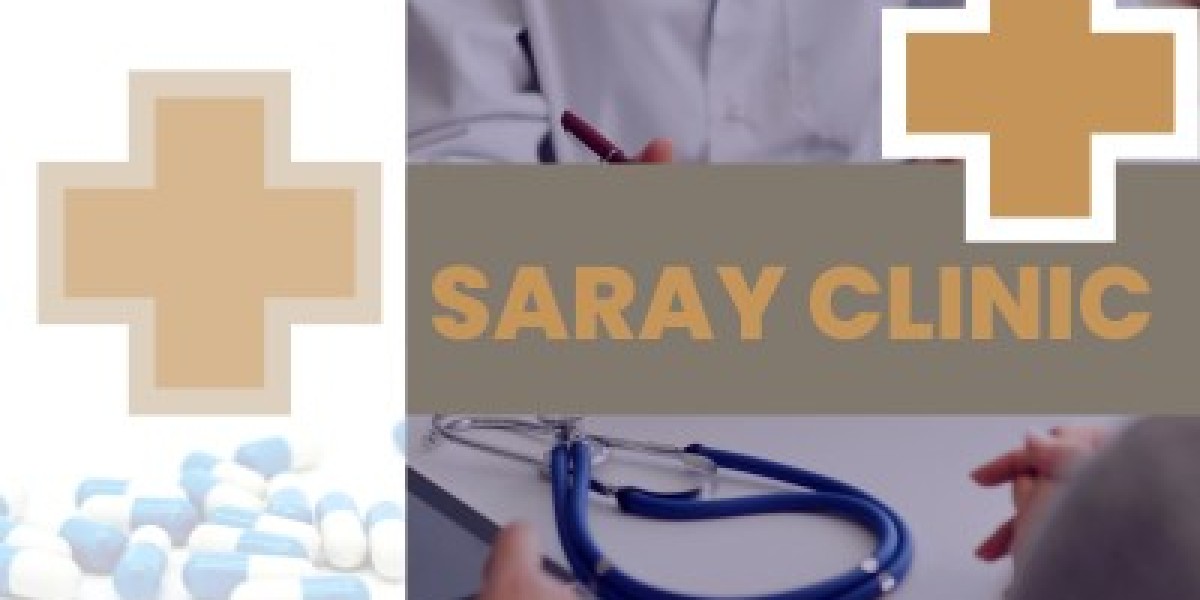Post-obstructive pneumonia (POP) is a complex condition that arises as a complication following an obstruction in the airways. This obstruction can be caused by various factors, including tumors, foreign bodies, or mucus plugs. Understanding post-obstructive pneumonia requires a thorough grasp of its symptoms, underlying causes, diagnostic approaches, and treatment strategies. This comprehensive guide aims to shed light on POP, providing insights into each aspect of the condition to aid in effective management and resolution.
Understanding Post-Obstructive Pneumonia
Definition and Background
Post-obstructive pneumonia is a type of pneumonia that develops in the lung tissue adjacent to an airway obstruction. The obstruction impedes airflow, leading to impaired clearance of secretions and potential bacterial growth, which can result in localized infection and inflammation. Unlike typical pneumonia, which is usually caused by direct infection of lung tissue, POP is secondary to an obstructive event that disrupts normal lung function.
Common Causes
Malignant or benign growths in the airway can obstruct airflow, leading to stagnant secretions and subsequent infection. Lung cancer is a common culprit in adult populations, while benign tumors like carcinoid tumors can also cause similar issues.
Especially in children, inhalation of foreign objects can block airways, creating a conducive environment for bacterial growth.
In individuals with chronic obstructive pulmonary disease (COPD) or asthma, thick mucus can block airways and lead to infection.
Physical injury to the chest or respiratory tract can also cause obstruction, leading to post-obstructive pneumonia.
Symptoms of Post-Obstructive Pneumonia
Symptoms of POP can vary based on the extent of obstruction and the individual’s overall health. Common symptoms include:
Often productive, the cough may produce purulent or blood-streaked sputum.
Systemic infection may cause fever, which can be accompanied by chills and sweating.
Difficulty breathing or increased respiratory rate is common due to the impaired airflow and lung infection.
Localized pain or discomfort in the chest can result from inflammation or infection of the lung tissue.
The obstruction and infection can cause wheezing or a high-pitched whistling sound during breathing.
Diagnostic Approaches
Diagnosing symptoms of obstructive pneumonia involves a combination of clinical evaluation, imaging, and sometimes invasive procedures:
The doctor will assess symptoms, medical history, and potential exposure to obstructive factors. Physical examination includes auscultation of the chest to detect abnormal breath sounds.
Imaging Studies:
Useful for identifying areas of consolidation, which may indicate pneumonia, as well as detecting gross obstructions or tumors.
Provides detailed images of the chest, allowing for better visualization of obstructions, lung parenchyma changes, and associated complications.
Invasive but crucial for direct visualization of the airways. It helps in identifying and possibly removing foreign bodies, assessing tumors, and obtaining samples for biopsy or culture.
Laboratory Tests:
Determines the causative bacteria and guides antibiotic treatment.
Help in assessing overall infection markers and evaluating the inflammatory response.
Treatment and Management
Effective management of post-obstructive pneumonia requires addressing both the underlying obstruction and the resultant infection. Treatment strategies include:
Relieving the Obstruction:
For tumors or foreign bodies, bronchoscopy can be used to remove the obstruction or place stents to keep the airway open.
In cases of significant tumors or structural damage, surgery may be necessary to remove the obstructing mass or repair the airway.
Empirical antibiotics are typically started based on the most likely pathogens. Once culture results are available, antibiotics can be adjusted to target specific bacteria. Broad-spectrum antibiotics may be used initially in severe cases.
Supportive Care:
For patients with significant hypoxemia, supplemental oxygen can help maintain adequate oxygen levels.
These can be used to reduce airway inflammation and improve breathing, particularly in patients with underlying chronic lung conditions.
Post-treatment, rehabilitation may include physical therapy to improve lung function, breathing exercises, and education on managing chronic conditions to prevent recurrence.
Prevention and Long-Term Management
Preventing post-obstructive pneumonia involves addressing potential obstructions before they lead to infection. For individuals at risk, regular monitoring and proactive management of conditions like asthma or COPD are essential. Early intervention in cases of suspected airway obstruction can prevent the development of POP.
Long-term management focuses on maintaining airway patency, managing underlying conditions, and ensuring regular follow-ups to monitor for recurrence or complications. Educating patients about recognizing early symptoms of pneumonia and seeking prompt medical attention can significantly improve outcomes.
Conclusion
Post-obstructive pneumonia is a serious condition that necessitates a multifaceted approach to diagnosis and treatment. By understanding the symptoms, causes, and available treatments, healthcare professionals can better manage this condition and improve patient outcomes. Collaborative efforts between medical professionals, including pulmonologists, radiologists, and oncologists, along with proactive patient care, are crucial in effectively addressing and resolving post-obstructive pneumonia.









